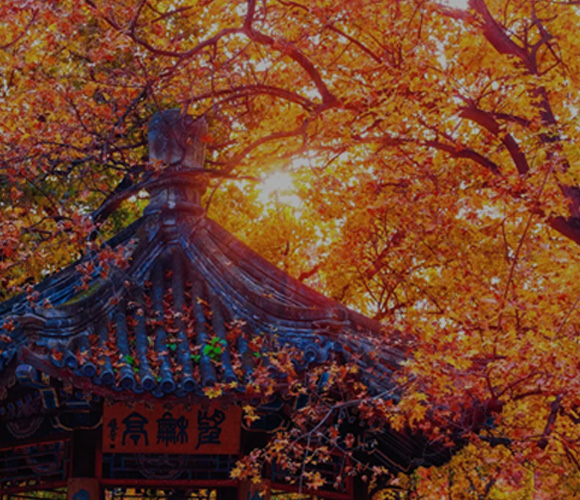-

The Temple of Heaven
In the south of Beijing, the Temple of Heaven stands on the east side of Yongdingmen Inner Street in Dongcheng District. It covers an area of about 2.73 million square meters.
-

The Palace Museum
Located on Beijing Central Axis, The Palace Museum was the palace city of the Ming and Qing dynasties. Its location in relation with the old city of Beijing epitomizes the ancient Chinese concept of urban planning of "building the imperial palace at the central location".
-

Bell and Drum Towers
Being the landmarks of the northern end of Beijing Central Axis in the commercial district of the old city, the Bell and Drum Towers, together with the Tian'anmen Gate, the Upright Gate and the Forbidden City, form a paradigm of the imperial court area of capital city planning, embodying "court in the front, market in the back" as prescribed in the Kaogongji.
-

The Summer Palace
The Summer Palace is a vast ensemble of lakes, gardens and palaces in Beijing. Mainly dominated by Longevity Hill and Kunming Lake, it covers an expanse of 2.9 square kilometers, three-quarters of which is water.
-

Fragrant Hills Park
Located on the west side of Beijing,Fragrant Hills is a large forest park with the characteristics of imperial gardens in which natural landscape is combined with artificial scenery.
-

Yuanmingyuan Park (Old Summer Palace)
The Yuanmingyuan Ruins Park consists of the Yuanmingyuan Garden (Garden of Perfect Brightness), the Changchun Garden (Garden of Eternal Spring) and the Qichun Garden (Garden of Elegant Spring).
-

Beihai Park
The formation and development of Beihai went through several dynasties of the Jin, Yuan, Ming and Qing dynasties, carrying nearly a thousand-year of Chinese history and culture.
-

The Great Wall
The Great Wall, stretching across the rugged landscapes of northern China, the Great Wall stands as one of the most iconic symbols of China’s rich history and cultural heritage.





